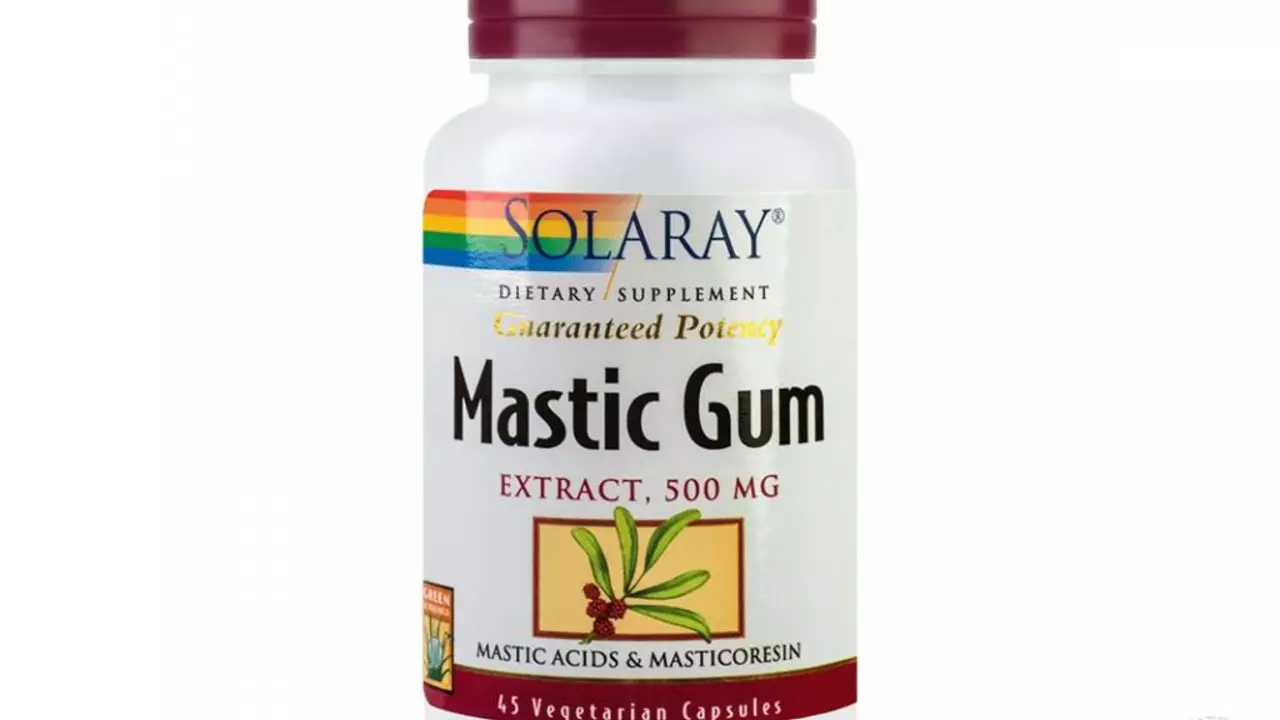Mastic: what it is and why people use it
You may have seen small hard beads called mastic at health shops or heard people say it’s a traditional chewing resin from the Mediterranean. Mastic comes from the sap of the Pistacia lentiscus tree. People use it for digestion, freshening breath, and sometimes for mild stomach complaints. It’s popular because it’s natural and easy to try—chew a piece or take capsules.
What mastic does — short, practical summary
Clinical and lab research suggests mastic can help with two main things: oral health and stomach comfort. Chewing the resin reduces bacterial plaque and can freshen breath. Small human studies also show mastic may reduce stomach irritation and lower Helicobacter pylori levels in some people. That doesn’t mean it cures infections, but it can be a supportive option alongside medical care.
How much people use varies. Common doses are 1–2 grams of resin per day or capsules totaling about 500–1500 mg daily, often split into two or three doses. If you chew the resin, 5–10 minutes per session is normal—don’t swallow big lumps.
How to pick, buy, and use mastic safely
Look for products that list Pistacia lentiscus or "mastic resin" on the label. Good signs: clear ingredient list, no hidden fillers, third-party lab testing, and clear serving size. Mastic comes as raw resin pieces, capsules, powders, and lozenges. If you want simple and proven, start with capsules from a known brand or a small bag of raw resin to try chewing.
Buying tips: order from reputable retailers or trusted pharmacies that show contact info, product origin, and customer reviews. Avoid products that promise dramatic cures for serious diseases. If you’re pregnant, breastfeeding, on blood thinners, or have a severe medical condition, check with your doctor first.
Side effects are usually mild—some people get stomach upset or allergic reactions. Stop use and ask a doctor if you develop rash, breathing issues, or persistent stomach pain. If you take prescription drugs, mention mastic to your healthcare provider to rule out interactions.
How to use it day-to-day: for oral care, chew one small piece after meals for 5–10 minutes. For digestive support, follow the capsule label—commonly 500 mg two to three times per day with food. Track how you feel for a few weeks; benefits for digestion often appear slowly.
If you want reliable options, choose products that list amount per serving and show manufacturing standards. Keep expectations realistic: mastic can help with mild issues and oral hygiene, but it’s not a replacement for antibiotics, acid-reducing drugs, or medical advice when those are needed.
Want specific product suggestions or safe online stores? I can point to reputable suppliers and what labels to look for based on your country and needs.

